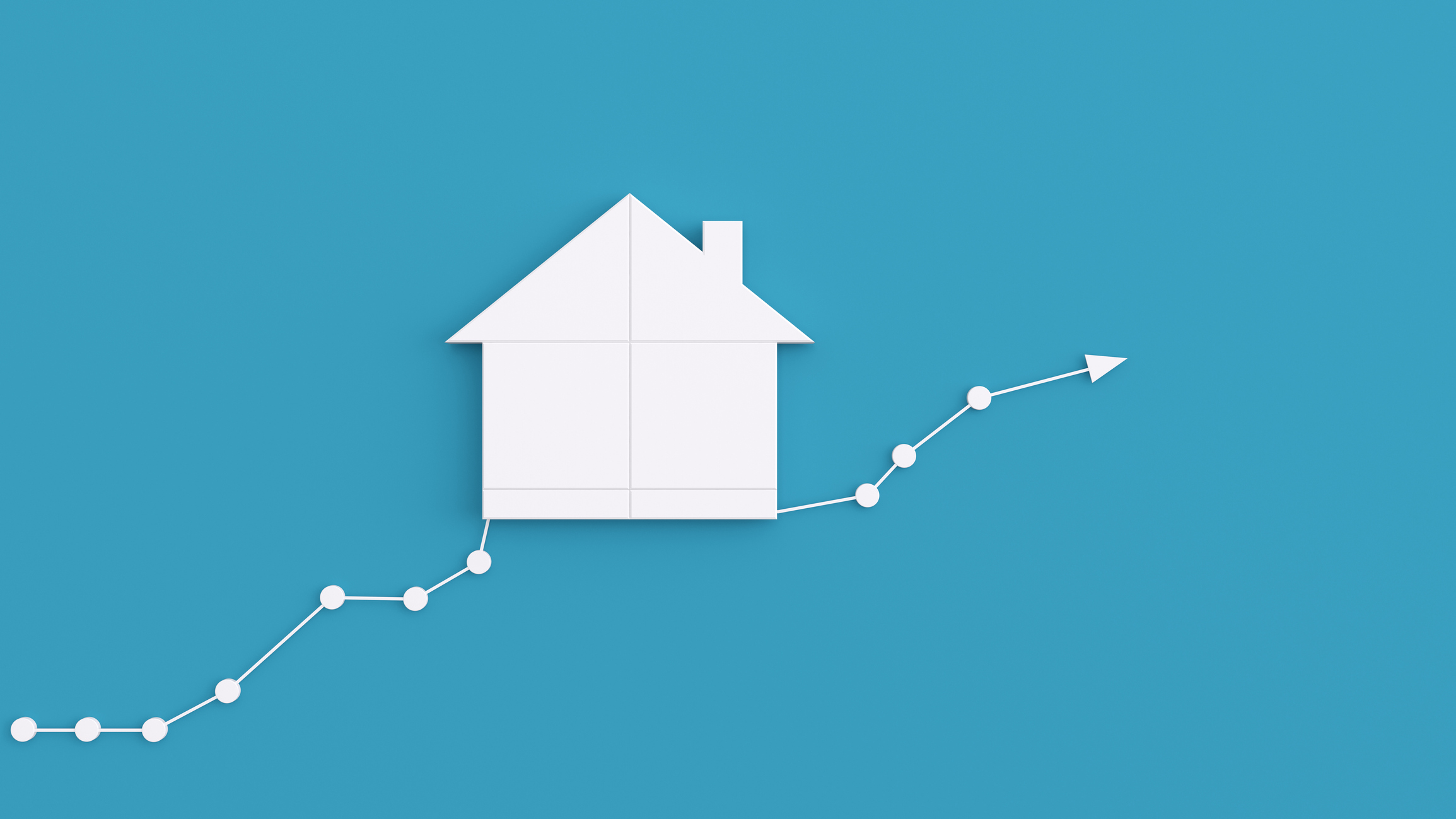E-books: Coming On Like Gangbusters
Many bibliophiles love them. Will they become a lucrative new medium for advertisers?
The convenience of downloading e-books to an electronic reading device and the lower cost of such books versus printed versions has e-books flying off of “e-shelves.”
Through May of this year, sales of e-books made up nearly 9% of the total book market, up from less than 3% in the same period last year, according to the Association of American Publishers.
Online retailer Amazon.com is selling more e-books than hardcover editions. In the second quarter of this year, the company sold 143 e-books for every 100 hardbacks; that ratio increased to 180:100 in the month of June.

Sign up for Kiplinger’s Free E-Newsletters
Profit and prosper with the best of expert advice on investing, taxes, retirement, personal finance and more - straight to your e-mail.
Profit and prosper with the best of expert advice - straight to your e-mail.
Technology advances and price reductions of electronic reading devices such as the Amazon Kindle and Barnes & Noble Nook are helping to spur the growth of e-books. The Kindle, for example, now sells for $139 versus $389 a year ago. Boosting the e-book bonanza is the popular Apple iPad tablet computer, which also allows users to read e-books. And more tablet computers with similar capabilities are coming soon.
Price and convenience are huge selling points. Books with price tags of $25-$30 in bookstores (before discounts) might sell in hardcover for $11.92 at Amazon, but as low as $7.99 in the Kindle version. And an e-book can be downloaded to the e-reader in less than a minute compared with the time needed to visit the local bookstore (or library, for that matter) or wait for delivery from an on-line book retailer that also tacks on shipping charges. There are plenty of e-books to choose from, too -- several hundred thousand volumes at present.
Moreover, electronic reading devices appear to be getting people to read more books. In a recent survey, 40% of respondents said they read more now that they have e-readers with only 2% reporting reading less. The remaining 58% said they read about the same amount as before. E-reader users also reported reading 2.6 books a month, on average, compared with 1.9 books by print book readers.
Looming large as part of the e-book revolution is its potential as an advertising medium.
While book publishers have experimented with ads in printed books, the books are not good vehicles because they lack the necessary volume of sales and the timeliness advertisers seek.
Hardcover books, for example, are often in the works for months -- if not years -- and even the biggest best sellers reach fewer readers than do large metropolitan newspapers or national magazines.
E-books change the equation. By placing advertising in a wide range of e-books, advertisers can overcome the problem of volume. And users of e-readers regularly download new titles, so the advertising can be updated to provide timely messages.
E-readers could offer advertisers a great opportunity to target their ads -- readers of books on golf, for example, may be more receptive to ads for golf clubs.
But the move to advertising in books is sure to raise a ruckus. The solution could be to allow readers to get their books with no ads, or with ads at a reduced price or perhaps even free. In any case, advertising will open up a whole new revenue stream for publishers who adopt the model.
E-books could also make a splash in the huge college textbook market. While hidebound textbook publishers are sure to resist the change, the market appears to be a natural for e-books -- textbooks are very expensive (not to mention heavy to lug around) and the audience is computer literate.
Get Kiplinger Today newsletter — free
Profit and prosper with the best of Kiplinger's advice on investing, taxes, retirement, personal finance and much more. Delivered daily. Enter your email in the box and click Sign Me Up.
-
 Stock Market Today: Stocks Gain on Tech, Auto Tariff Talk
Stock Market Today: Stocks Gain on Tech, Auto Tariff TalkThe Trump administration said late Friday that it will temporarily halt tariffs on some Chinese tech imports.
By Karee Venema
-
 Sam's Club Plans Aggressive Expansion: Discover Its New Locations
Sam's Club Plans Aggressive Expansion: Discover Its New LocationsSam's Club expansion plans will open up to 15 new stores each year. Learn where they plan to open in 2025.
By Sean Jackson
-
 What To Know if You’re in the Market for a New Car This Year
What To Know if You’re in the Market for a New Car This YearThe Kiplinger Letter Buying a new car will get a little easier, but don’t expect many deals.
By David Payne
-
 Will Lower Mortgage Rates Bring Relief to the Housing Market?
Will Lower Mortgage Rates Bring Relief to the Housing Market?The Kiplinger Letter As mortgage rates slowly come down here's what to expect in the housing market over the next year or so.
By Rodrigo Sermeño
-
 Car Prices Are Finally Coming Down
Car Prices Are Finally Coming DownThe Kiplinger Letter For the first time in years, it may be possible to snag a good deal on a new car.
By David Payne
-
 New Graduates Navigate a Challenging Labor Market
New Graduates Navigate a Challenging Labor MarketThe Kiplinger Letter Things are getting tough for new graduates. Job offers are drying up and the jobless rate is increasing. Are internships the answer?
By David Payne
-
 When's the Best Time to Buy a Domestic Flight? The Kiplinger Letter
When's the Best Time to Buy a Domestic Flight? The Kiplinger LetterThe Kiplinger Letter A new study by CheapAir.com has crunched the numbers.
By Sean Lengell
-
 Woes Continue for Banking Sector: The Kiplinger Letter
Woes Continue for Banking Sector: The Kiplinger LetterThe Kiplinger Letter Regional bank stocks were hammered recently after news of New York Community Bank’s big fourth-quarter loss.
By Rodrigo Sermeño
-
 Anxious Flyers Take Note: The Kiplinger Letter
Anxious Flyers Take Note: The Kiplinger LetterThe Kiplinger Letter Whether it's the routes to avoid that have the most turbulence or the safest airline, we've got you covered.
By Sean Lengell
-
 The Auto Industry Outlook for 2024
The Auto Industry Outlook for 2024The Kiplinger Letter Here's what to expect in the auto industry this year. If you’re in the market for a car it won’t be quite as daunting as it was during the pandemic and after.
By David Payne